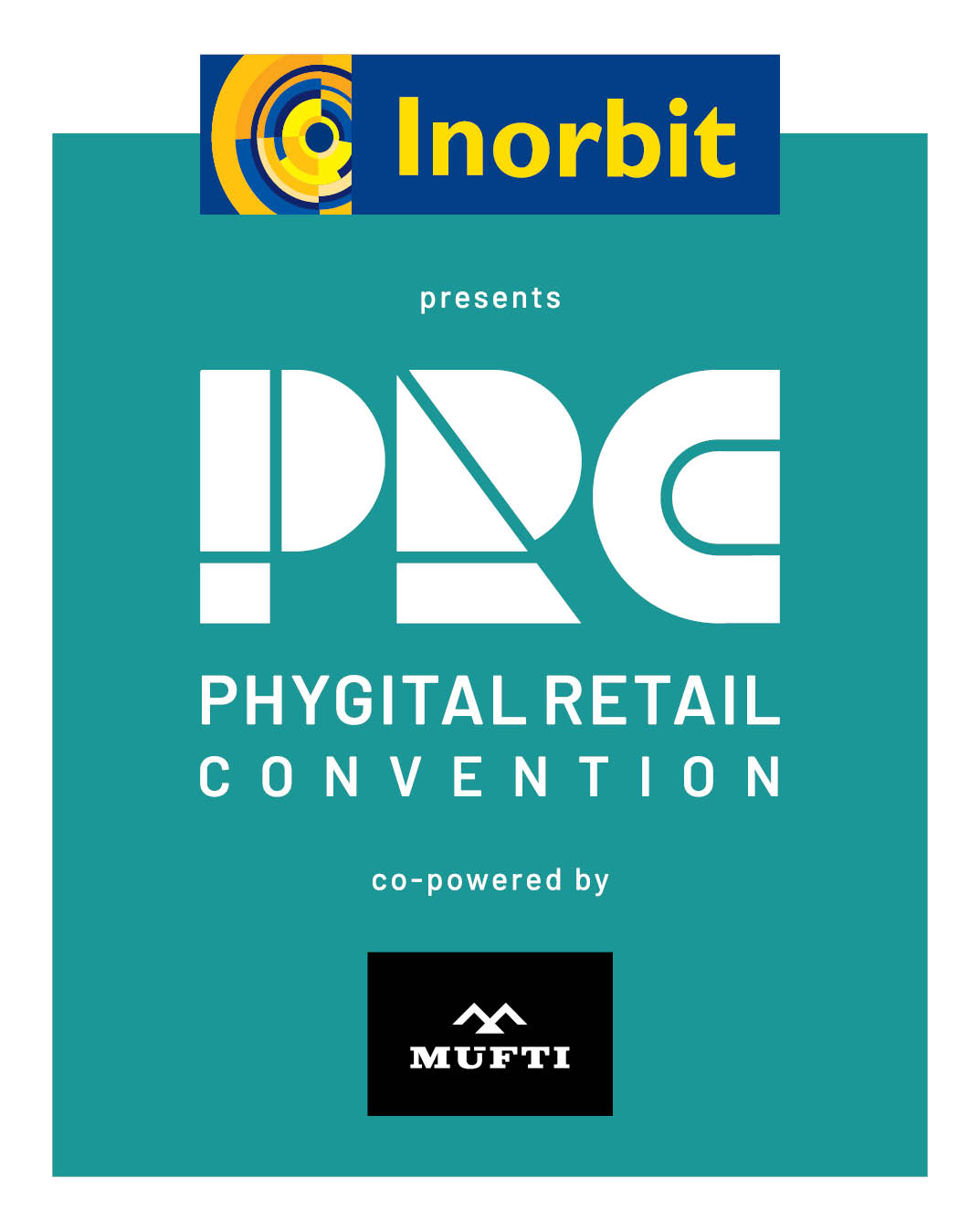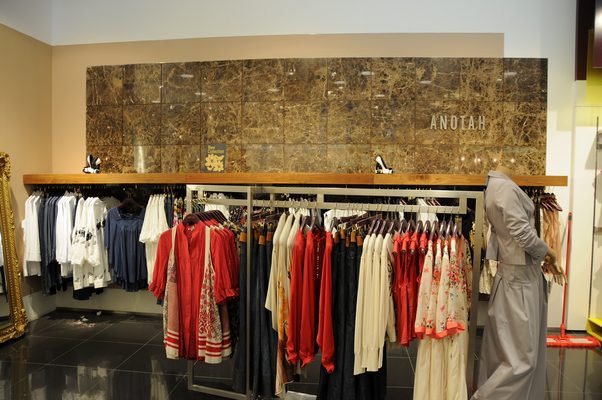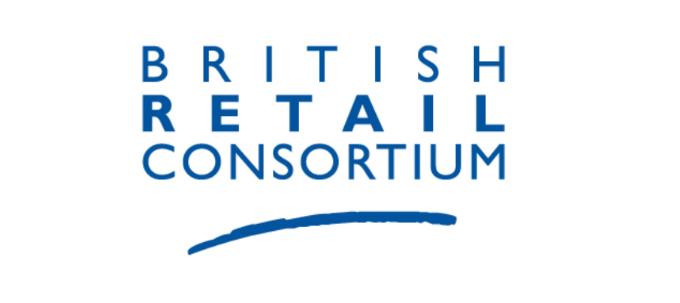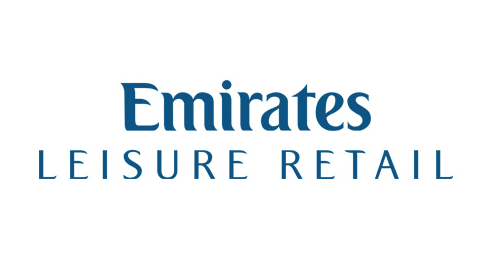Global perception about India, about its economic might and potential in terms of market size, has drastically changed over the last few years. While the buoyant manufacturing and services sectors have contributed in fuelling consumption demand in urban as well as rural areas, the government on its part remains committed to improving infrastructure and providing a congenial environment for indigenous business modules to blossom and harness domestic as well as foreign investment to optimum levels. Economic prosperity also means higher standards of living and higher consumption levels, and only an efficient and organised Retail sector can ensure and sustain this growing demand of the evolved consumer.
India’s sunrise retail sector is witnessing a major transformation as traditional markets make way for modern and indigenously developed retail formats. According to the India Retail Report findings, the organised retail sector, which was a miniscule three percent of the overall domestic retail market in 2004, has been growing at over 36 percent during the last couple of years and is now valued at Rs.55,500 crore, that is 4.7 percent of the estimated US $270 Billion Indian retail market in 2006. There is thus a vast market yet to be tapped.
But unlike the experiences in most other countries, growth of Indian retail is not going to be a staggered and time-taking process: India has already shown the world how quick it can adapt to hi-tech products and services and will again set a record of sorts in setting up world class retail formats across the country in record time. In the next five years India should have retail entities strong enough to compete with the best in the world.
While growth of organised retail leads to increased offtake of manufactured goods, increased brand consciousness and increase in quality standards, it also contributes to changes in the overall market structure. This sector is expected to generate 10 – 15 million jobs over the next five years and thereby directly contribute in raising consumption levels; besides fuelling induced consumption resulting from the excellent shopping environments it creates.
Ever-new retailing concepts are emerging, especially in the food retail sector where both urban and rural areas stand to benefit. Future developments in organised retailing will result in increased efficiency in the agricultural sector by removing intermediaries in the food supply chain. While urban customers benefit from reduced prices of farm sector goods, rural farmers benefit by way of higher returns for their produce.
With several States allowing retailers direct access to farm produce, there is a new revolution taking shape in rural India. Farmers are now cultivating crops as per specifications and requirements of retail companies such as Reliance, ITC, Godrej and many others. More than 2,000 small farmers, for instance, are benefiting from such arrangements in Andhra Pradesh. After centuries of economic exploitation, they are today dealing directly with companies without the involvement of middlemen or intermediaries. Organised retailing is thus set to boost infrastructure growth and create efficient backward linkages. In the process, the sector will also create efficiencies, reducing marketing cost, wastages and redundancies.
The retail opportunity in India is expected to double to US$445 Billion by 2010, while investments in the sector are slated to go up nearly 10 times to US$25 Billion over the next five years – we feel this is a conservative estimate and actual realisation may be in excess of it. It is expected that the Indian retail sector will grow faster than India’s GDP. Over the past few years, retail sales in India have been hovering around 33-35% of GDP – already higher than the 20% retail sales component in the GDP of the US.
At present, India’s retail sector is largely unorganized, with about 15 million tiny outlets catering to consumer needs across the country – it employs the second-largest number of people after agriculture. Organised retail is now focused primarily on the 300 million urban “middle classes” and an additional 200 million rural rich, who form a consumer market worth more than US$100 billion. So, there is enough ground for the modern and the traditional formats to co-exist.
India has also fast emerged as a global manufacturing hub, especially in segments like Chemicals and Petrochemicals, agro-based products, fashion and textiles. What is even more important is that the growth is becoming increasingly inclusive. Rural non-metro India today is consuming more and demanding better quality products and services. As a result most tier-II cities are witnessing large mixed-use projects in both housing and retail. This story of inclusive growth is generating interest among the foreign investors as well.
India’s economic growth story tells us three important things:
One – that here is a society in which the fruits of development are more evenly spread, in which democracy is more real and palpable to the mass of the population, which makes for a stable social environment that is attractive and reassuring;
Two – that India is an enormous market, of which you are seeing only the tip of the iceberg;
And Three – the tremendous resilience of India: we survived the zooming oil prices, the fluctuating dollar and global recession, with barely a hiccup.
The Indian economy is integrating with the world, and yet it simultaneously has its own dynamics, which cushion global shocks as in no other country.
India had kept the retail sector largely closed to outsiders to safeguard the livelihood of nearly 15 million small storeowners and only allows 51% foreign investment in single-brand retail with prior government permission. FDI is also allowed in the wholesale business. Single-brand retailers such as Louis Vuitton, Fendi, LLadro, Nike and Toyota can operate now on their own. Metro is already operating through the cash-and-carry wholesale mode.
There has been a flurry of activity in the recent past. Existing players like Pantaloon Retail, RPG Retail, Shoppers’ Stop, Lifestyle, Trent and others are expanding rapidly with multiple formats. Corporate major Reliance has already entered the retail fray.
To deal with this upcoming surge in activity, India’s retail sector sure needs massive investments in technology, efficient supply chain, logistics and cold chain infrastructure, and that is where investments should precisely come in. The mood among the country’s business community is upbeat at the moment. We are on the path of high growth, and indeed, there is a lot to vie for.
Wishing you all happy retailing!
KAMAL NATH
Union Minister of Commerce and Industry











